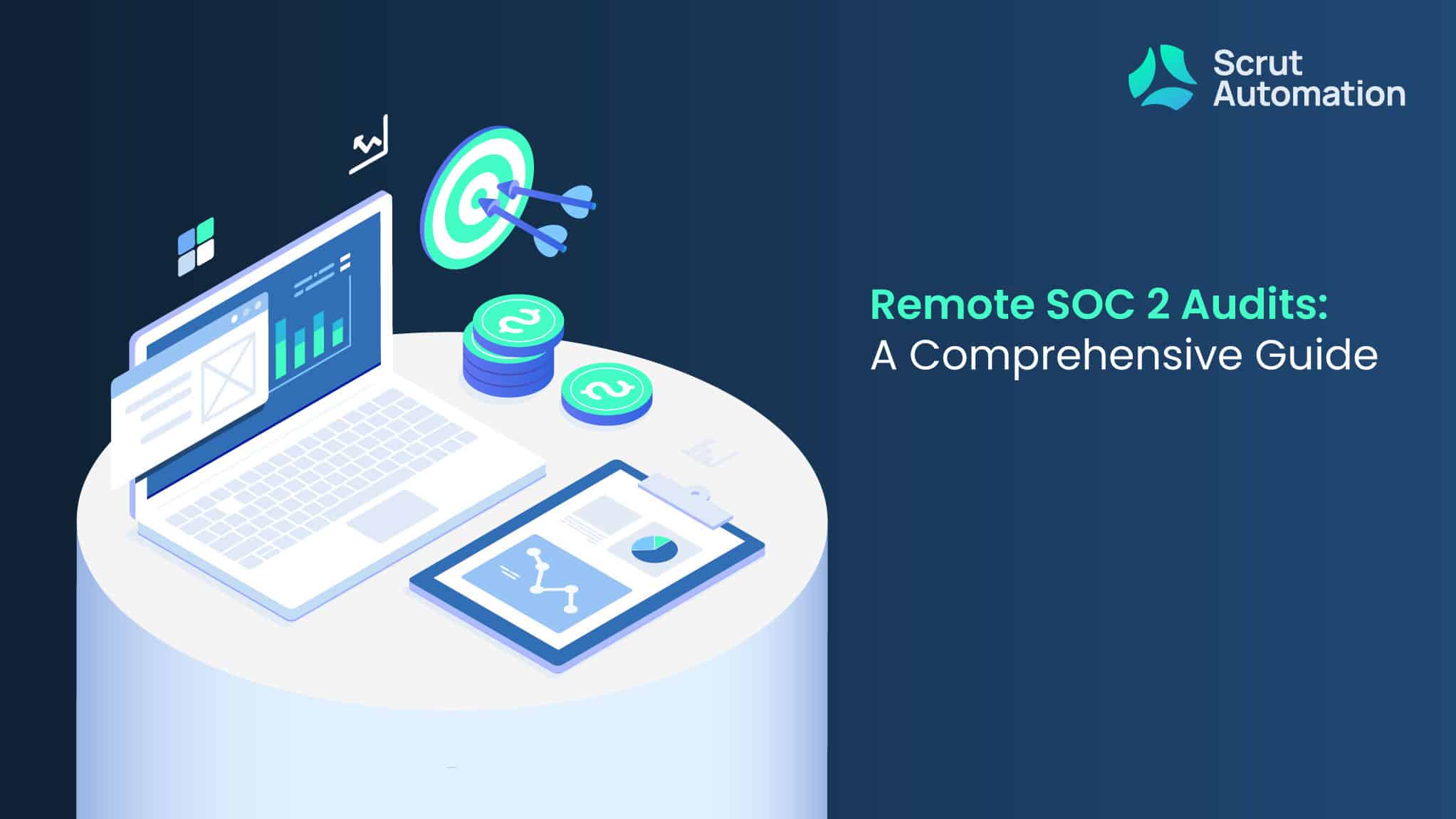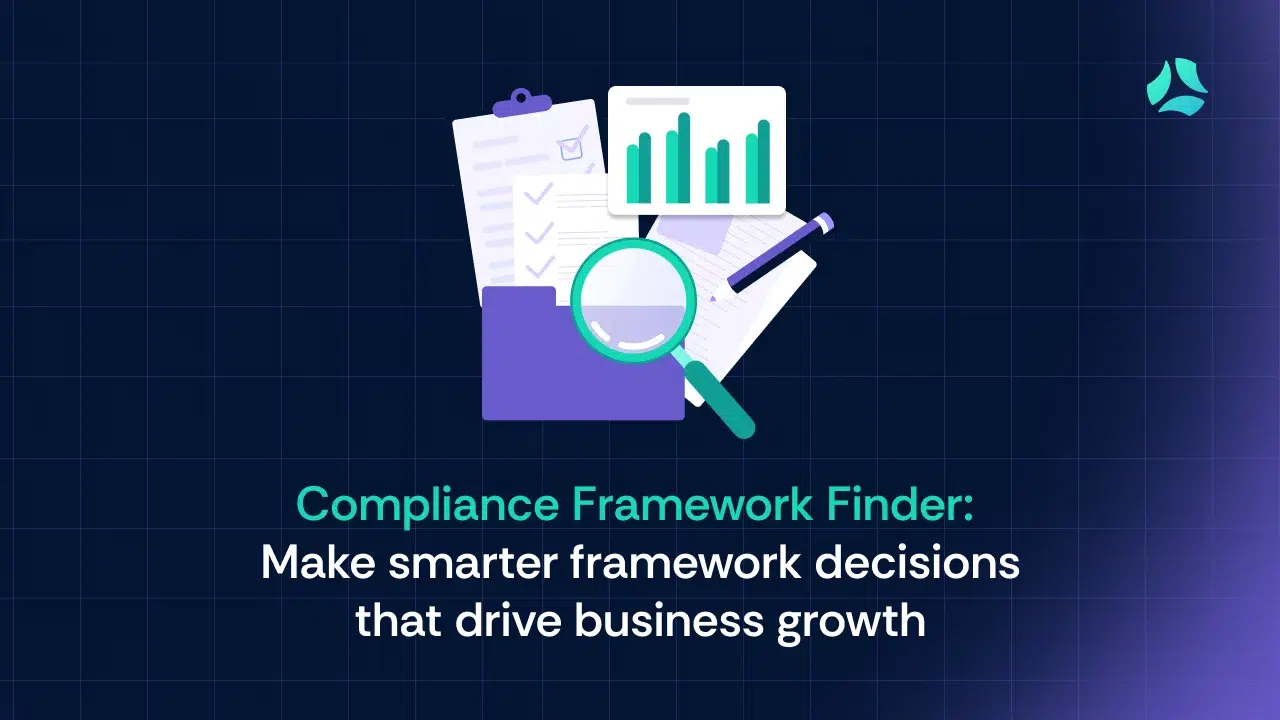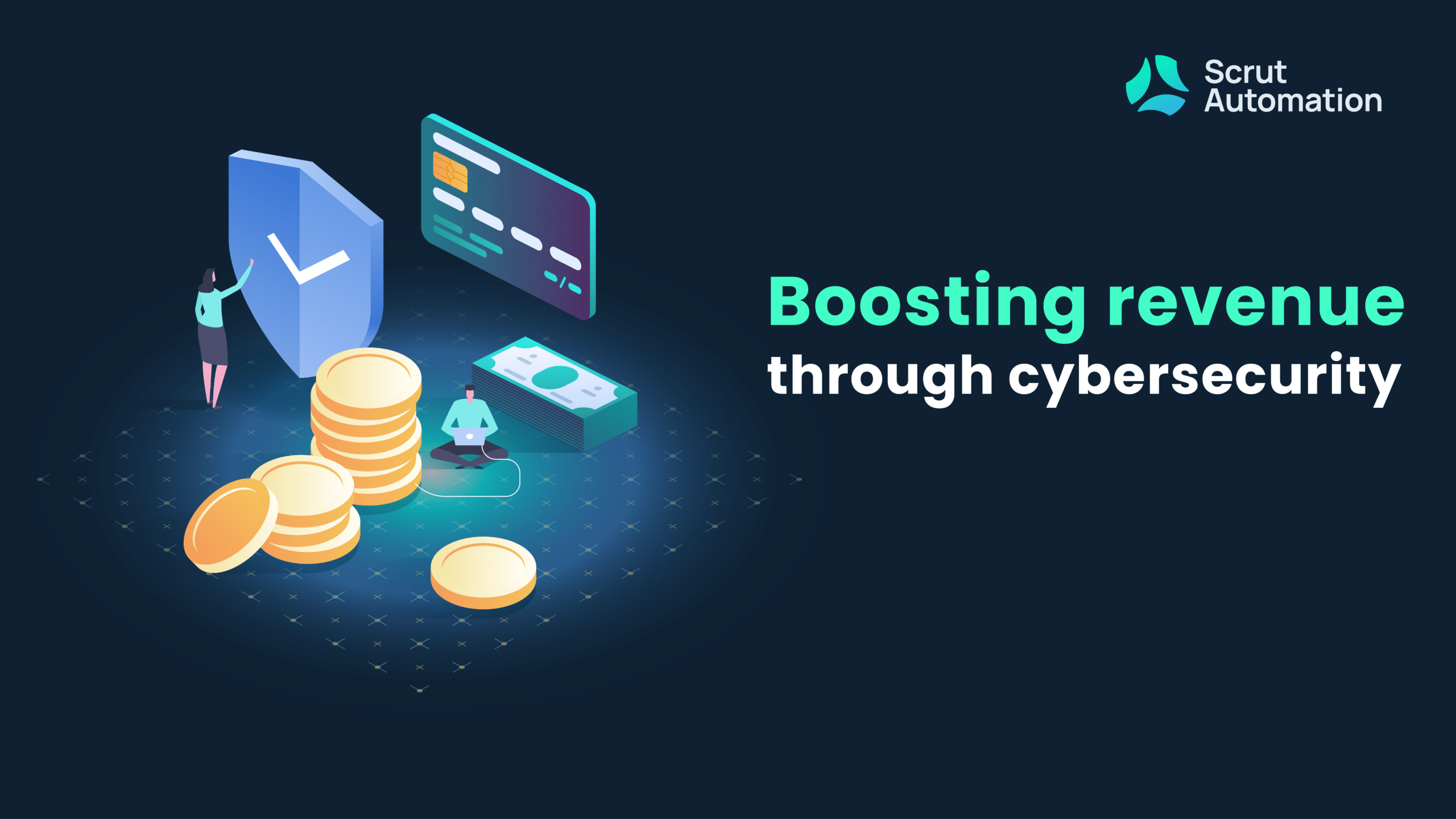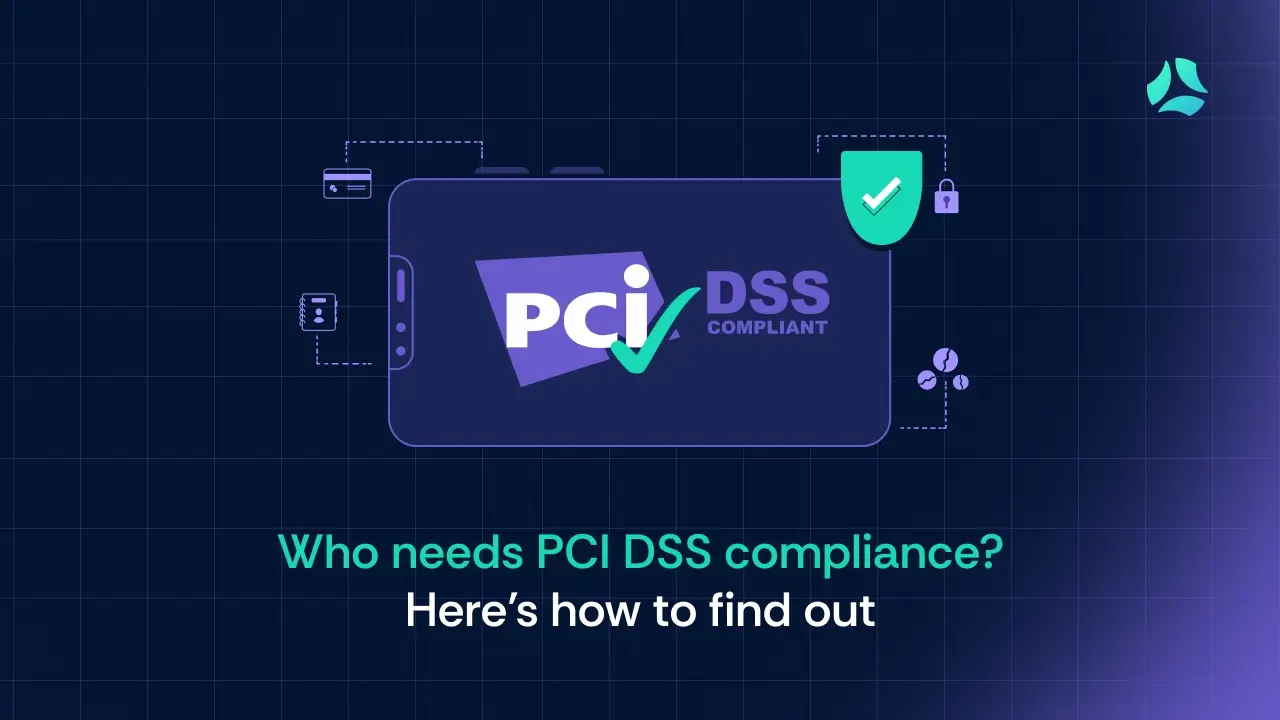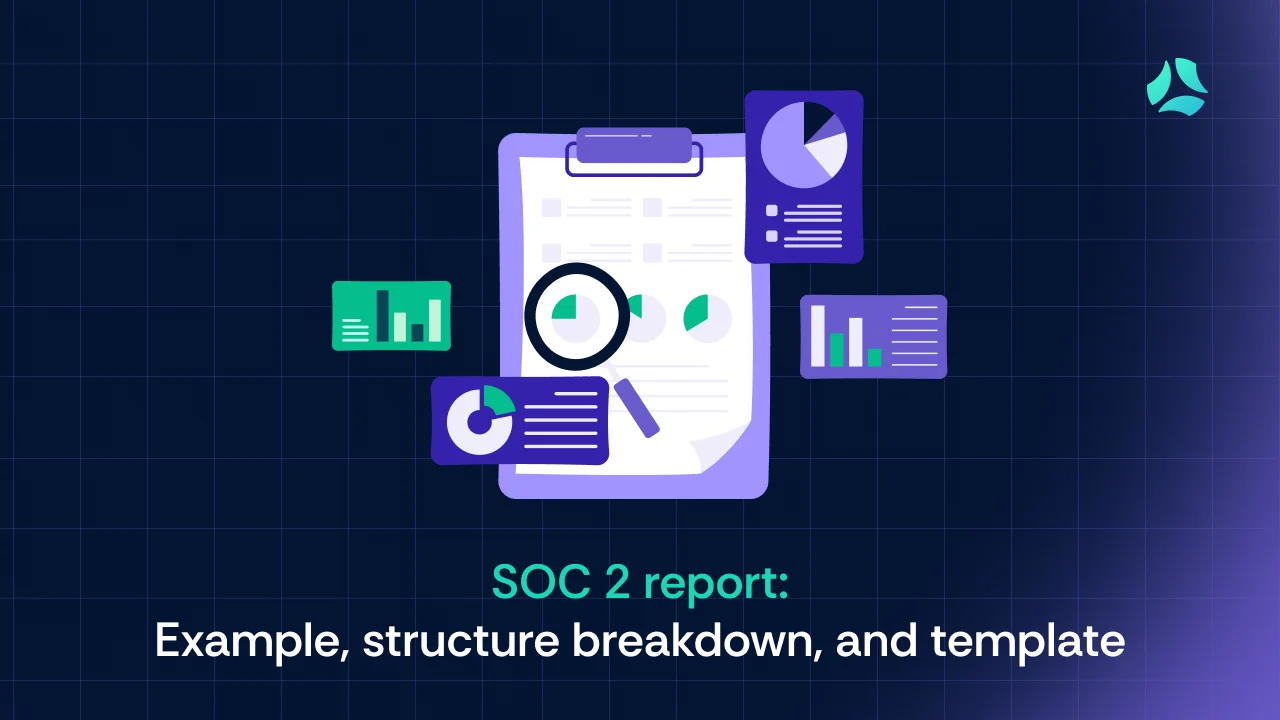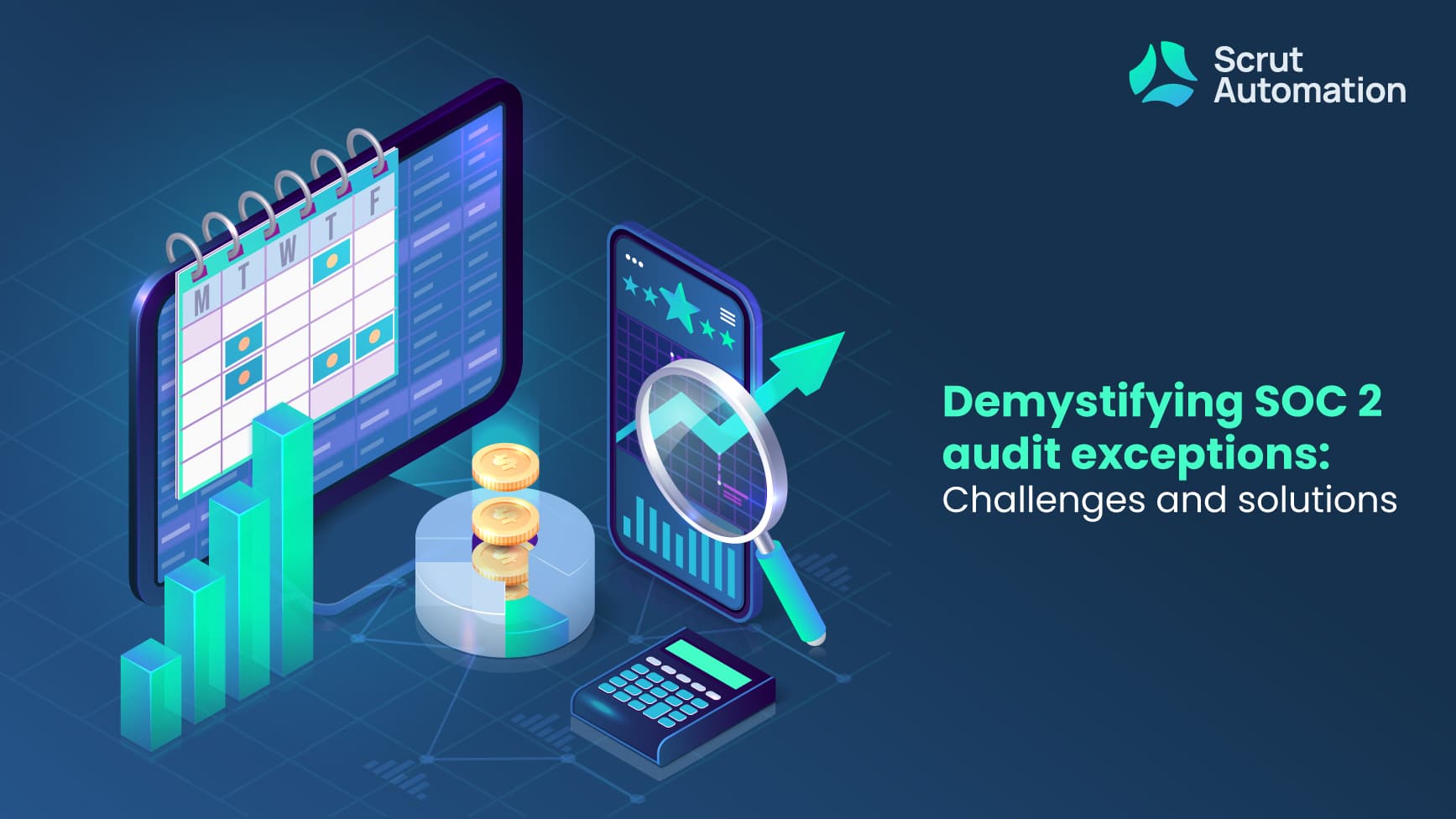In today’s interconnected digital terrain, businesses must protect sensitive customer data. SOC (System and Organization Controls) 2 audits play a critical role in this endeavor.
These audits assess an organization’s controls and processes related to security, availability, processing integrity, confidentiality, and privacy. SOC 2 compliance demonstrates a commitment to safeguarding customer information, building trust, and ensuring that systems and data are secure.
Traditional SOC 2 audits often required on-site visits and in-person interactions. However, in recent years, the world has witnessed a significant shift towards remote work and virtual operations. This shift has also affected the auditing landscape.
The emergence of advanced technology and improved cybersecurity practices has made remote auditing a viable alternative. In this blog, we’ll discuss the reasons behind this shift to remote SOC 2 audits, highlighting the benefits and challenges involved.
Understanding SOC 2 Audits
SOC 2, short for Service Organization Control 2, is an auditing standard developed by the American Institute of CPAs (AICPA). It’s designed to assess the controls and processes of service organizations related to security, availability, processing integrity, confidentiality, and privacy. These audits provide a standardized way to evaluate and report on an organization’s commitment to protecting customer data.
The five trust service principles
The SOC 2 framework is based on five core principles, known as the Trust Service Principles (TSP). These principles are security, availability, processing integrity, confidentiality, and privacy.
Understanding these principles is crucial, as they form the foundation of SOC 2 audits and compliance. We’ll delve into each principle, explaining what they entail and why they are important for organizations seeking SOC 2 compliance.
The need for a remote SOC 2 audit
As organizations embrace digital transformation and remote work environments, the traditional approach of on-site audits may no longer be practical or safe in certain circumstances.
Remote SOC 2 audits offer a practical solution that aligns with the modern workplace. They allow businesses to undergo comprehensive evaluations of their security, availability, processing integrity, confidentiality, and privacy controls without the need for physical presence.
This not only ensures the safety and well-being of both auditors and auditees but also promotes efficiency by reducing travel-related costs and disruptions. Furthermore, remote audits can be conducted with minimal interruption to an organization’s daily operations, making them a valuable tool for demonstrating trust and compliance in a world where data security and privacy are paramount.
Remote SOC 2 audits, therefore, address the imperative need for flexibility, adaptability, and efficiency in the auditing process while maintaining the high standards of security and compliance expected by clients, partners, and regulatory authorities.
These audits are a testament to the resilience and responsiveness of organizations in an ever-changing world where safeguarding sensitive information is vital for business success and maintaining a competitive edge.
Preparing for a remote SOC 2 audit
As organizations increasingly rely on remote work environments, preparing for a remote SOC 2 audit has become a critical endeavor to demonstrate information security and compliance with the highest standards of trust and transparency.

A. Set audit objectives
Define your scope: Begin by defining the scope and boundaries of the audit. Determine which services, systems, and locations will be audited. This is critical for setting clear objectives and ensuring all relevant aspects are covered.
Understand regulatory requirements: A remote SOC 2 audit should be aligned with the specific regulatory requirements and trust principles your organization is focusing on. Ensure you are well-versed in the criteria that apply to your business.
B. Document controls
Identify control objectives: Clearly identify the objectives of your internal controls. Consider how these controls support your trust service criteria, depending on the chosen trust principles.
Create comprehensive documentation: Prepare well-organized and comprehensive documentation for each control. This documentation should detail the control’s purpose, design, implementation, and monitoring. Include relevant policies, procedures, process flows, and any evidence of the control’s effectiveness.
C. Staff training and awareness
Define roles and responsibilities: Clearly define the roles and responsibilities of employees during the audit process. Assign individuals or teams to liaise with auditors, gather evidence, and answer questions.
Training programs: Develop and implement training programs for staff involved in the audit process. Ensure they understand the significance of the audit, how to securely handle information, and their responsibilities.
Cultivate a security culture: Foster a culture of security and awareness within your organization. Ensure that all employees understand the importance of information security and their role in safeguarding sensitive data.
By rigorously addressing these aspects, your organization will be well-prepared for a remote SOC 2 audit. Setting clear objectives, documenting controls effectively, and ensuring staff training and awareness will not only enhance your chances of a successful audit but also contribute to improved security practices within your organization.
How to carry out the remote audit process?
Conducting a remote audit is a modern approach that has gained significance, especially in the wake of changing work environments, and understanding the steps to effectively carry out the remote audit process is crucial for maintaining strong information security and compliance.

1. Select an audit firm
Assess expertise: Beyond just evaluating an audit firm’s expertise, it’s essential to look at their specific experience in remote auditing. Request references from clients who have undergone remote audits and inquire about their satisfaction with the process.
Evaluate technology and tools: Discuss the technology stack and tools the audit firm uses. Understand how they ensure the security and privacy of data during remote audits. Familiarize yourself with their video conferencing, file-sharing, and secure communication platforms.
Assess auditor qualifications: Get to know the lead auditor assigned to your audit. Assess their qualifications, certifications, and experience with remote auditing. A capable lead auditor will guide your organization effectively through the remote audit journey.
2. Audit planning and kickoff
Define audit scope, objectives, document controls, and conduct risk assessment: The scoping process should be rigorous. Define the scope clearly, identifying which systems, controls, and trust principles will be assessed. Create detailed documentation of your organization’s internal controls, outlining policies, procedures, and other measures that support information security and compliance. Conduct a thorough risk assessment to understand where vulnerabilities or challenges may arise during the remote audit.
Technology dry run: Before the official kickoff, consider running a technology test. This can involve a virtual meeting with the audit firm to ensure that all parties can connect smoothly and that file-sharing and communication tools work as expected.
Train staff and raise awareness: Invest in staff training and awareness programs to ensure everyone understands their role in maintaining information security and compliance throughout the audit process.
3. Fieldwork and evidence gathering
Audit trail documentation: A critical aspect of remote auditing is creating an audit trail. Detailed records of evidence, data shared, and communication must be maintained. This audit trail provides transparency, and it’s essential for demonstrating your commitment to compliance.
Conduct audit testing: Auditors perform testing of controls and procedures to verify compliance with SOC 2 standards
Secure data transfer protocols: Beyond encryption, organizations should implement secure data transfer protocols. This includes ensuring auditors can access necessary systems securely and without creating vulnerabilities in the process.
4. Audit testing
Remote sample review: During audit testing, remote sampling may be applied. This means providing remote access to a representative sample of your systems and data. Discuss the methodology and procedures with the auditors to ensure you understand what they will be examining.
Evidence repository: Establish a shared, secure repository for audit evidence. This could be a cloud-based platform, a secure server, or another agreed-upon location. Keep a clear structure for documents and evidence, making it easy for auditors to locate the required information.
5. Reporting and compliance
Interim discussions: Consider regular interim discussions throughout the audit process. This provides an opportunity to address any preliminary findings and engage in discussions about recommended actions before the final report.
Validation and clarification: After receiving the preliminary findings, work closely with auditors to validate their assessments. Clarify any points of contention or misunderstanding to ensure the accuracy of the final report.
Long-term compliance: Don’t view the audit as a one-off event. Use the audit as an opportunity to improve long-term compliance and security. Take recommendations to heart, and incorporate them into your ongoing security and compliance strategy.
Ensure secure communication and collaboration tools: Utilize secure communication and collaboration tools to facilitate interaction between your organization and the audit firm while maintaining data security.
Review documentation and reports: Thoroughly review all audit documentation, reports, and evidence to ensure accuracy and completeness.
Share findings and conclusions: Discuss audit findings and conclusions with your audit firm to gain a comprehensive understanding of your organization’s compliance status.
Collaborate on action plans: Collaborate with the audit firm to create action plans and strategies for addressing any non-compliance issues identified during the audit.
Monitor ongoing compliance: Continue monitoring and improving your organization’s information security and compliance to ensure ongoing adherence to SOC 2 standards.
Expanding the details at each stage of the remote audit process provides a comprehensive overview of what to expect and how to prepare for a successful remote SOC 2 audit.
By focusing on each of these areas, organizations can ensure a smooth audit experience, even in a remote environment.
Advantages of remote SOC 2 audits
Remote SOC 2 audits offer several benefits, including flexibility in scheduling, reduced travel costs, and minimal operational disruption. They are particularly beneficial for cloud-based companies and organizations with a geographically dispersed workforce.

Flexibility and convenience
Remote audits allow organizations to be more flexible in scheduling and execution. There is no need to align audit schedules with on-site visits, which reduces operational disruptions.
A. Cost savings
Remote audits significantly reduce travel and accommodation expenses for auditors and the organization being audited. This makes SOC 2 compliance more cost-effective.
B. Geographic independence
For organizations with multiple locations, remote audits allow auditors to assess compliance across the organization without the need for on-site visits at each location.
C. Reduced environmental impact
Fewer auditors traveling to different locations result in a reduced carbon footprint, aligning with environmental sustainability goals.
D. Access to global talent
Organizations can choose from a wider pool of audit firms, finding experts that perfectly match their specific needs.
Potential challenges of remote SOC 2 audits and how to overcome them
While remote SOC 2 audits offer numerous advantages, they may present some challenges:

1. Data Security: Remote audits involve the transmission of sensitive data, which can be a concern. Implement robust encryption, secure file-sharing platforms, and detailed data handling policies to ensure secure transmission.
2. Communication barriers: Remote audits require more structured and consistent communication to ensure that auditors and the audited organization are on the same page. Clear communication channels and regular updates are essential.
3. Data accuracy verification: Auditors may find it challenging to verify data accuracy when not present on-site. Use automated monitoring tools, data analytics, and sampling techniques to ensure the validity of information.
4. Lack of physical verification: Some controls may involve physical processes or assets that auditors cannot inspect on-site. To overcome this, provide comprehensive documentation and visual evidence through video calls or pre-recorded walkthroughs.
5. Human interaction: The absence of personal interaction during remote audits can be a hurdle. Encourage open communication and use video conferencing tools for interviews and discussions to create a more engaging audit process.
6. Technological challenges: Technical issues, such as poor internet connections, can disrupt the audit. Have backup communication methods and contingency plans in place to address these technological hiccups.
To successfully overcome these challenges, auditors and the audited organization should maintain a cooperative and transparent approach, embracing technology and adapting to the unique demands of remote SOC 2 audits.
4 tips for smoother remote audits
Remote working is here to stay, and so are remote audits. There are four steps that every organization should take to ensure faster, hassle-free remote audits.
1. Establish a clearly defined audit plan
Define the scope, purpose, requirements, and timelines for each audit.
2. Streamline the flow of communication
It is important to have expectations aligned with each stakeholder from the beginning. Regular check-ins with the auditors to evaluate progress, resolve issues, and streamline the flow of communication will help keep the remote audit on track.
3. Assign a project manager
Assign a project manager who understands the organization, is great at influencing the right stakeholders to get the work done, and has tight project management skills should be appointed to drive SOC 2 remote audits to closure on time.
4. Leverage a compliance automation platform
The Scrut platform integrates with the cloud infrastructure to automate evidence collection across 150+ controls, facilitates infosec policy rollouts, backed by prebuilt policy templates, and manages evidence artifacts and workflows, all in one place. Auditors find all relevant policies and evidence artifacts in one place, enabling faster remote audits. Schedule your demo today to see how it works.
Wrapping up
Remote SOC 2 audits have proven their effectiveness, and their future looks promising. Technology advancements, paired with the lessons learned from the pandemic, suggest that remote auditing is here to stay. It offers a blend of convenience and compliance that organizations will continue to value.
As the importance of data security and privacy continues to grow, SOC 2 compliance is becoming more of a necessity. Remote audits offer an efficient path to compliance. To prepare your business for SOC 2 compliance, prioritize strong security practices, clear documentation, and collaboration with a reliable audit partner.
Frequently Asked Questions
A remote SOC 2 audit, or virtual audit, assesses controls without on-site visits, relying on secure technology. It differs from an on-site audit in that it eliminates physical auditor presence by conducting readiness assessments through remote communication.
Absolutely. Remote audits suit cloud-based organizations well, focusing on security controls regardless of the data center or cloud environment. Auditors review controls remotely through documentation, interviews, and tech assessments.
Ensure relevant documentation availability, provide secure remote access, and schedule personnel interviews and system access for audit validation.
Secure channels, encryption, and close collaboration maintain data confidentiality during remote audits, prioritizing data security and privacy.
Various industries, especially those with cloud-based systems, can benefit from remote audits. Advantages include flexibility, cost savings, and minimal operational disruption. Some may prefer on-site audits for specific requirements, often based on system complexity. Consult audit professionals for the best approach.
